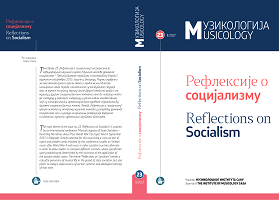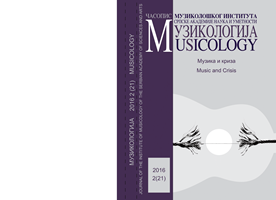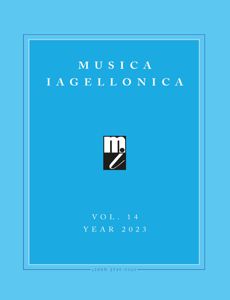
Singing, Dragons and Beyond: Oper Forward. Opera Forward Festival, Amsterdam, 18–31 March 2017
A recent review of two books about contemporary opera used for its title an antique cartographers’ saying referring to the unknown territories: “Hic sunt Dracones” (Here be Dragons).1 It insinuates that there might be some strange or terrifying surprises at the boundaries of opera since it is barely known what is actually ‘hiding’ beyond conventionally accepted norms. Charting new territories is, however, essential for the development of any discipline. Academic research that takes contemporary opera as its theoretical object started to develop rather recently, while artists themselves have probed beyond the confines of conventional opera for at least forty years. There are also institutions such are several opera festivals and academic conferences (for example, the activities of the Centre for Research in Opera and Music Theatre, University of Sussex) that support novel paths in discovering what it is that propels opera further, beyond the borders. And those borders are complex – borders of what is conventionally called opera, borders of the institution of the opera house, borders beyond and towards the site specific and inclusive projects, borders between the singing voice-bodies as we usually know them
More...

